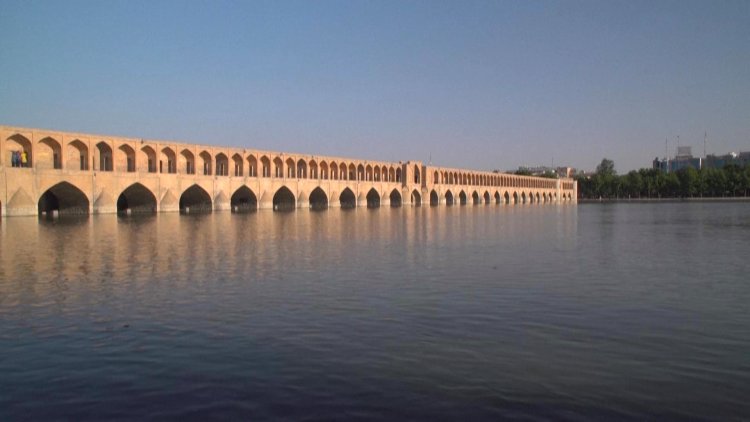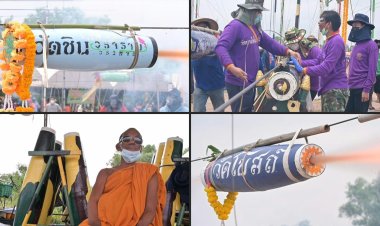Iconic Iran river threatened by droughts

The famed river bridges of the Iranian city of Isfahan are a beloved tourist draw -- but much of the time their stone arches span just sand and rocks, not water.
Drought and upstream water diversions have seen the Zayandeh Rood, "fertile river" in Persian, run dry since 2000, with only rare exceptions.
The river runs nearly 400 kilometres from the Zagros Mountains in the west to Lake Gavkhooni in the east, making it the longest waterway in central Iran.
On its way through Isfahan, it meanders under several beautifully crafted bridges from the 17th century, the city's golden age when it was the Persian capital.
"These historic bridges are meaningless without water."
Largely arid Iran, like other nearby countries, has suffered chronic dry spells and heat waves for years, which are expected to worsen with climate change.
Iran is sometimes hit by summertime blackouts when the blistering heat drives up air conditioner use while low rainfall reduces the water reservoirs of hydro-electric dams.
The reduced flow of the Zayandeh Rood, however, is also man-made because much of its water has been diverted to supply neighbouring Yazd province.
Last November, tens of thousands of people, including farmers, gathered in the dry riverbed to complain about the drought and blame officials for diverting water.















